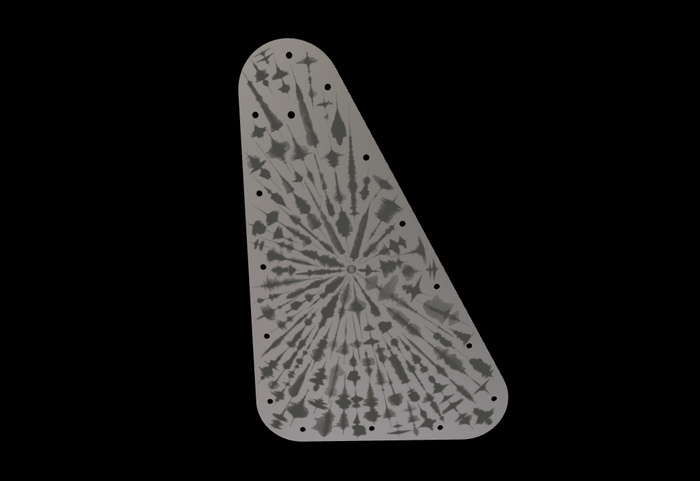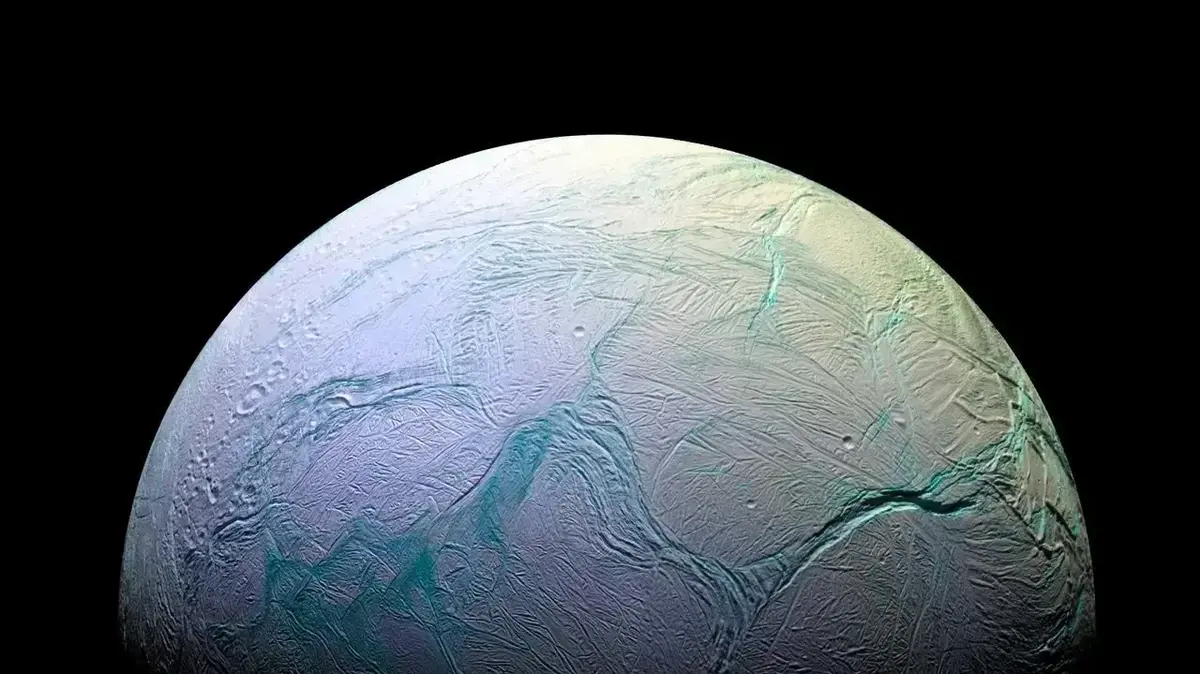Europa, the second satellite of Jupiter discovered by Galileo in 1610, is about to receive a new visit from Earth: 22 years after the visit of the
Galileo probe, today the
Juno
spacecraft arrives at the satellite
, which orbits around the gigantic planet since July 2016.
Juno
's mission was
expected to complete 37 orbits around Jupiter over a period of just under two years.
They are very elongated trajectories, which reach distances of more than 5 million kilometers at the farthest point to fall to less than 5,000 kilometers at perigee (strictly, “perijovian”, to use the neologism invented for this occasion).
While flying at high levels,
Juno
moves somewhat slowly, but her passage through this perijovian is done like a shot, at 60 kilometers per second.
This trajectory, which flies over the planet's poles, was calculated to minimize the damage caused by passing through the belts of trapped radiation.
There are precedents, such as that of its predecessor, the
Galileo
probe .
In 2003, it suffered damage to one of its data loggers that left it inactive for weeks until technicians managed to repair it in an "electronic surgery" operation almost seven hundred million kilometers away.
Of course, that ship was moving in a lower equatorial orbit and more subject to high doses of radiation;
Juno
not only flies in a
less compromised trajectory, but its most sensitive instruments are enclosed in a kind of safe with centimeter-thick titanium walls.
Without this protection, the on-board electronics would have been "fried" in the first orbit.
Juno
's goal
was only the study of Jupiter.
Her trajectory was not calculated to approach any of her satellites.
In fact, only very occasionally does he pass near one.
The most spectacular occasion was in June of last year, when it passed just over a thousand kilometers above Ganymede, Jupiter's largest satellite.
As it was a very fast meeting, he was only able to obtain a few images, albeit of great quality.
Recreation of the Juno probe on Jupiter.NASA
The appointment with Europe on September 29 will also last only a few minutes.
The distance will be about 350 kilometers, which will allow much more detailed images to be recorded than those that currently exist.
The geometry of the encounter will allow observing regions that in previous photos could not be seen clearly.
The on-board camera —designed, initially, to study Jupiter— will take several images as it flies over the illuminated hemisphere.
As for the dark,
Juno
will get a photo—just one—using its stellar sensor, tuned for the dim glow of stars.
In the middle of the night, the illumination will come from the reflection of the Sun in the clouds of Jupiter.
Europe is a frozen world, almost without relief.
Someone compared it to a cosmic billiard ball.
It is believed with some certainty that its ice cap, perhaps tens of kilometers thick, hides an ocean that encompasses the entire star.
On its snow-white surface are many dark grooves, perhaps rocky material exuded from deep layers.
On the other hand, in some regions you see what look like huge tabular icebergs irregularly linked with each other.
Many retain the original grooves, but these do not fit together.
It is as if in the distant past the frozen layer had partially melted and then refroze, trapping the floating ice blocks in a poorly assembled puzzle.
There are indications that Europa, like Enceladus, the small satellite of Saturn, emits jets of water from some crack in the ice.
Just as they have been photographed in detail on Enceladus, in Europe there is still no firm evidence.
This will be one of the objectives to be studied by the Europa Clipper
probe
, scheduled for launch in 2024.
This encounter occurs during Juno
's 45th orbit
around Jupiter, more than twice as long as initially predicted.
In February 2024, a final encounter with another Galilean satellite will take place: Io, the world of four hundred volcanoes.
It will be in orbit 58, a record of survival in an environment as hostile as the one that this ship is enduring.
You can follow
MATERIA
on
,
and
, or sign up here to receive
our weekly newsletter
.








